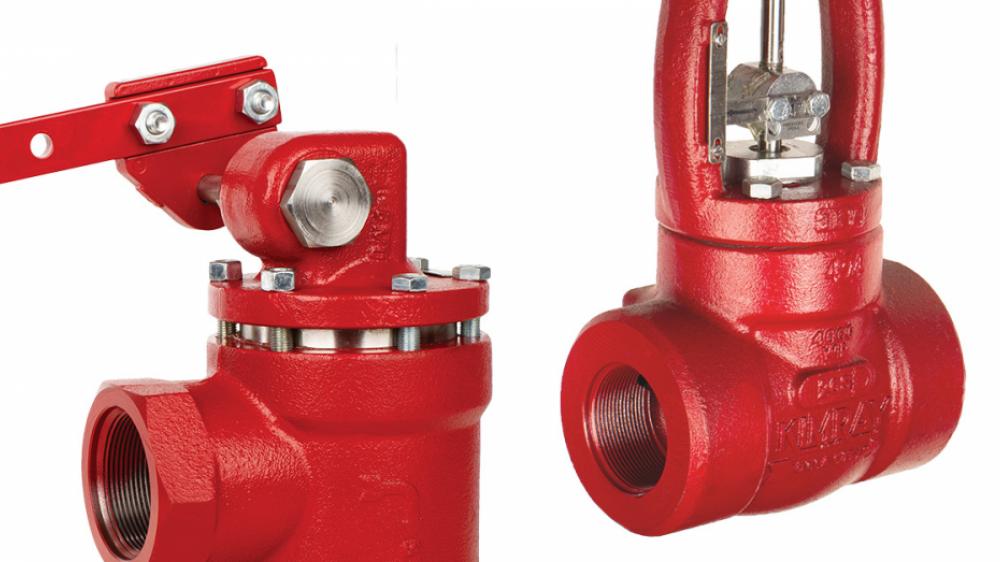
Maximize Energy Savings and Convenience With Advanced Building Automation Controls
In the world of modern architecture and center management, the combination of advanced structure automation controls stands as an essential innovation. By taking advantage of the power of automation, buildings can adjust, react, and develop in ways that were when unbelievable.
Energy Performance Advantages
Power efficiency benefits can substantially decrease energy usage and operational prices in structures. By applying energy-efficient methods and innovations, structure proprietors and drivers can accomplish significant savings while additionally contributing to ecological sustainability. One of the primary advantages of enhancing energy effectiveness in buildings is the decrease of energy bills. Energy-efficient systems, such as sophisticated structure automation controls, can maximize using resources like illumination, heating, and cooling, resulting in lower energy costs with time.
Additionally, improved power efficiency can extend the life-span of structure devices and systems. By running extra successfully, a/c systems, light, and various other structure elements experience less damage, leading to minimized maintenance and substitute prices. In addition, energy-efficient structures commonly command greater residential property worths and rental rates, providing lasting financial advantages to owners.
Additionally, power effectiveness can boost owner convenience and productivity. Properly managed interior settings with ideal lights and thermal conditions develop a more pleasurable and favorable workspace, leading to improved employee complete satisfaction and efficiency. On the whole, the energy effectiveness benefits linked with advanced building automation controls are complex, incorporating expense savings, environmental stewardship, and resident well-being.
Improved Convenience Control
Enhancing convenience control in structure settings requires an innovative combination of advanced automation systems for optimal resident well-being. By using advanced building automation controls, centers can customize the indoor setting to meet the particular requirements and preferences of occupants. These systems make it possible for specific policy of temperature level, lighting, and air flow, producing a comfy and efficient environment. Owner fulfillment and efficiency are very closely linked to thermal comfort, making it vital to have systems in location that can adapt to altering problems in real-time.
By integrating these innovative controls, buildings can not only boost comfort however also boost energy performance by maximizing system operations based on actual occupancy and use patterns. Inevitably, focusing on resident comfort through advanced automation systems leads to a more delightful and healthier interior setting.
Functional Effectiveness Improvements

Moreover, the execution of real-time tracking and analytics devices enables structure drivers to determine energy inadequacies and operational abnormalities immediately. By continually keeping an eye on energy use patterns and system efficiency metrics, adjustments can be made in real-time to maximize power intake and make certain peak operational performance. control valves. Additionally, incorporating demand response approaches right into building automation controls can better boost operational effectiveness by dynamically changing energy use based upon grid conditions and rates signals
Indoor Climate Optimization
Effective indoor climate optimization is a basic element of building automation controls, guaranteeing residents' comfort and health while optimizing energy cost savings. By utilizing sophisticated sensors and controls, developing automation systems can constantly adjust and keep track of temperature level, moisture levels, air high quality, and ventilation to develop an optimum indoor setting. Preserving comfortable and regular conditions not just boosts passenger contentment however additionally increases performance and general health.
Interior environment optimization additionally plays a crucial duty in energy effectiveness. By fine-tuning home heating, air flow, and air conditioning systems based upon real-time data and tenancy patterns, constructing automation controls can dramatically decrease energy intake - control valves. For example, executing techniques such as demand-controlled air flow and thermal zoning can assist lessen energy waste while guaranteeing that each location of the structure gets the essential conditioning.

Sustainable Setting Development
Structure automation manages not just optimize indoor environment problems for energy effectiveness and occupant comfort but also lay the foundation for developing a lasting environment via calculated monitoring of sources and systems. By incorporating advanced structure automation innovations, such as sensing units, actuators, and intelligent software, centers can adjust and keep track of power use in real-time to lessen waste and lower their carbon impact. These systems allow anticipating upkeep, determining prospective issues prior to they rise and enhancing tools efficiency to enhance longevity and performance.
Furthermore, lasting setting development extends past energy administration to encompass water preservation, waste reduction, and interior air high quality renovation. Building automation controls can regulate water use, discover leaks, and make sure appropriate garbage disposal practices, adding to overall sustainability initiatives. Furthermore, by monitoring and managing air flow and filtering systems, these modern technologies enhance passenger health and wellness and efficiency while reducing power intake related to a/c procedures.
Final Thought
In conclusion, advanced structure automation manages deal considerable advantages in terms of power financial savings, comfort control, operational effectiveness, interior climate optimization, and producing a lasting setting. By implementing these controls, structures can achieve optimum performance while decreasing power consumption and enhancing passenger comfort. It is apparent that using advanced automation technology is critical in improving structure performance and producing a much more lasting future.
Power performance advantages can dramatically reduce energy intake and operational prices in structures. Generally, the power effectiveness benefits associated with innovative structure automation controls are diverse, encompassing cost savings, environmental stewardship, and passenger wellness.
In addition, integrating demand response techniques into building automation controls can additionally enhance read the full info here operational effectiveness by dynamically changing power usage based on grid conditions and rates signals.
Building automation manages not only optimize interior climate problems for energy performance and passenger convenience however likewise lay the structure for producing a sustainable environment via tactical management of systems and resources.In conclusion, progressed building automation manages deal considerable benefits in terms of power financial savings, comfort control, operational effectiveness, interior climate optimization, and creating a lasting environment.